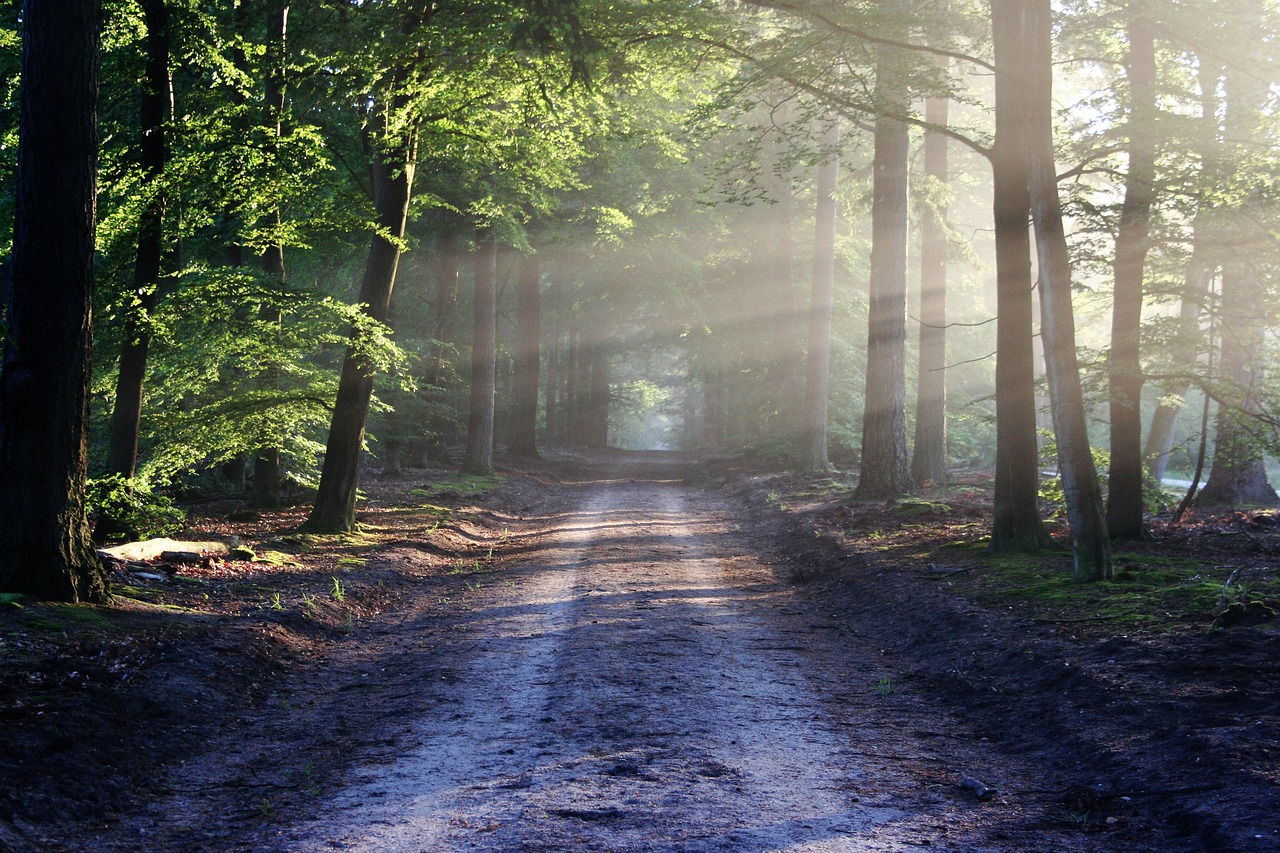
SaferWorldbyDesign: Nature Restoration Law
We can feel positive today from yesterday’s vote in Europe on approving the Nature Restoration Law! We can look forward to both enjoying our outdoors and working on a smarter evidence-based future suite of products based on Safer- and Sustainable- byDesign principles. Let’s take a good walk and reflection on that together, mobilizing our resources for the journey ahead!
The EC’s proposal for a Nature Restoration Law is the first continent-wide, comprehensive law of its kind. It is a key element of the EU Biodiversity Strategy, which calls for binding targets to restore degraded ecosystems. This law was approved by the European Parliament on 12 July 2023. The law sets legally binding targets to restore degraded ecosystems throughout Europe. Some agricultural and conservative political groups strongly opposed it, claiming the law was impractical and threatened workers’ livelihoods. But many scientists, industry, and environmental groups rallied in support of the law and urged policymakers to approve it. Proposed by the EC in June 2022, the Nature Restoration Law requires countries to establish recovery measures for 20% of the European Union’s land and sea areas by 2030, and all ecosystems in need of restoration by 2050. Restoring wetlands, rivers, forests, grasslands, marine ecosystems, and the species they host will help:
- increase biodiversity
- secure the things nature does for free, like cleaning our water and air, pollinating crops, and protecting us from floods
- limit global warming to 1.5°C
- build up Europe’s resilience and strategic autonomy, preventing natural disasters and reducing risks to food security
The legislation includes the following specific targets:
- Targets based on existing legislation (for wetlands, forests, grasslands, rivers and lakes, heath & scrub, rocky habitats, and dunes) - improving and re-establishing biodiverse habitats
- Pollinating insects – reversing the decline of pollinator populations by 2030
- Forest ecosystems – achieving an increasing trend for standing and lying deadwood, uneven-aged forests, forest connectivity, abundance of common forest birds, and stock of organic carbon
- urban ecosystems – no net loss of green urban space by 2030, and an increase in the total area covered by green urban space by 2040 and 2050
- Agricultural ecosystems – increasing grassland butterflies and farmland birds, the stock of organic carbon in cropland mineral soils, and the share of agricultural land with high-diversity landscape features; restoring drained peatlands
- Marine ecosystems – restoring marine habitats such as seagrass beds or sediment bottoms, and restoring the habitats of marine species